It’s one thing to secretly use on the job or hide an addiction problem. But it’s a whole other level, when your problem gets so serious that you actually overdose on company time. Believe it or not, incidents like this are happening at an increasing rate; thanks, primarily, to the country’s ongoing opioid epidemic.
According to new research from a NIOSH study, the rate of OD fatalities among employees rose 24 percent over the past year. In total, 760 people died on the job; much to the shock of their friends, family and co-workers.
The study actually delved into things a little deeper. Their data revealed that the primary ages of workers who OD are between 25 to 44. It also showed than men accounted for 84 percent of these incidents. Small businesses were called out as well, for being a more frequent overdose locale and the industries most impacted were transportation, health care and construction (a fact we brought up previously in our blogs).
The most common cause for these deaths was heroin, which, of course, is tied back to the opioid crisis. Cocaine was also mentioned, as was methamphetamines.
Hope Tiesman, one of the lead authors of the NIOSH research, spoke to the press about these recent findings. She believed they told a powerful story and hopefully can get on the radar of major employers.
“Better understanding the demographics of workers, and the workers and industries most affected by drug overdoses, has implications on prevention programs developed for workplaces,” Tiesman explained in a statement. “This research also has implications for workplace-based messages and strategies.”
There have also been reports of companies taking notice. For one thing, regular drug tests are occurring more frequently to ensure workers are clean on the job. But, in our opinion, there should be further steps in place after that. Yes, it’s easy to terminate an employee who uses. But if they had done their job well in the past, offering them treatment support could be a much more sympathetic route.
Unions may also have the ability to step in (particularly since the majority of industries impacted are unionized) and create recovery programs that benefit their brethren. The sad truth is, those who aren’t overdosing are losing their jobs and contributing to the homeless crisis. It truly is a vicious cycle and one that depends on treatment and recovery as a successful way out.

Emergency team giving firstaid to injured elderly patient on street






